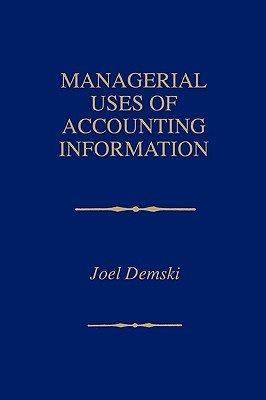cost allocation and product costs Retum to the three department example in Table 8.2. Normal, full eosting
Question:
cost allocation and product costs Retum to the three department example in Table 8.2. Normal, full eosting is used; also, normal volume is defined by output of ql = 900 and 'h = 1,800 units.
Further suppose the eosting procedure allocates the department 3 eost to the other two departments, and this allocated portion is treated as an item of overhead in the first two departments. What is the full eost eharging rate for department 3 selViees?
Continuing, suppose the first department has an opportunity to expand produetion. Using the LLAs in Table 8.2, determine the ineremental eost to the firm as a whole of plOducing one more unit of the first plOduet. Contrast this with the ineremental accounting eost that will show up in department l's eost accounts if it produees one more unit.
Finally, suppose the firm plOduees and sells ql = 901 and 'h = 1,800 units.
What will eost of goods sold total, and how does this compare with the total eost reported in Table 8.2? How do you reeoncile this eost of goods sold total with your answers above?
AppendixLO1
Step by Step Answer:






